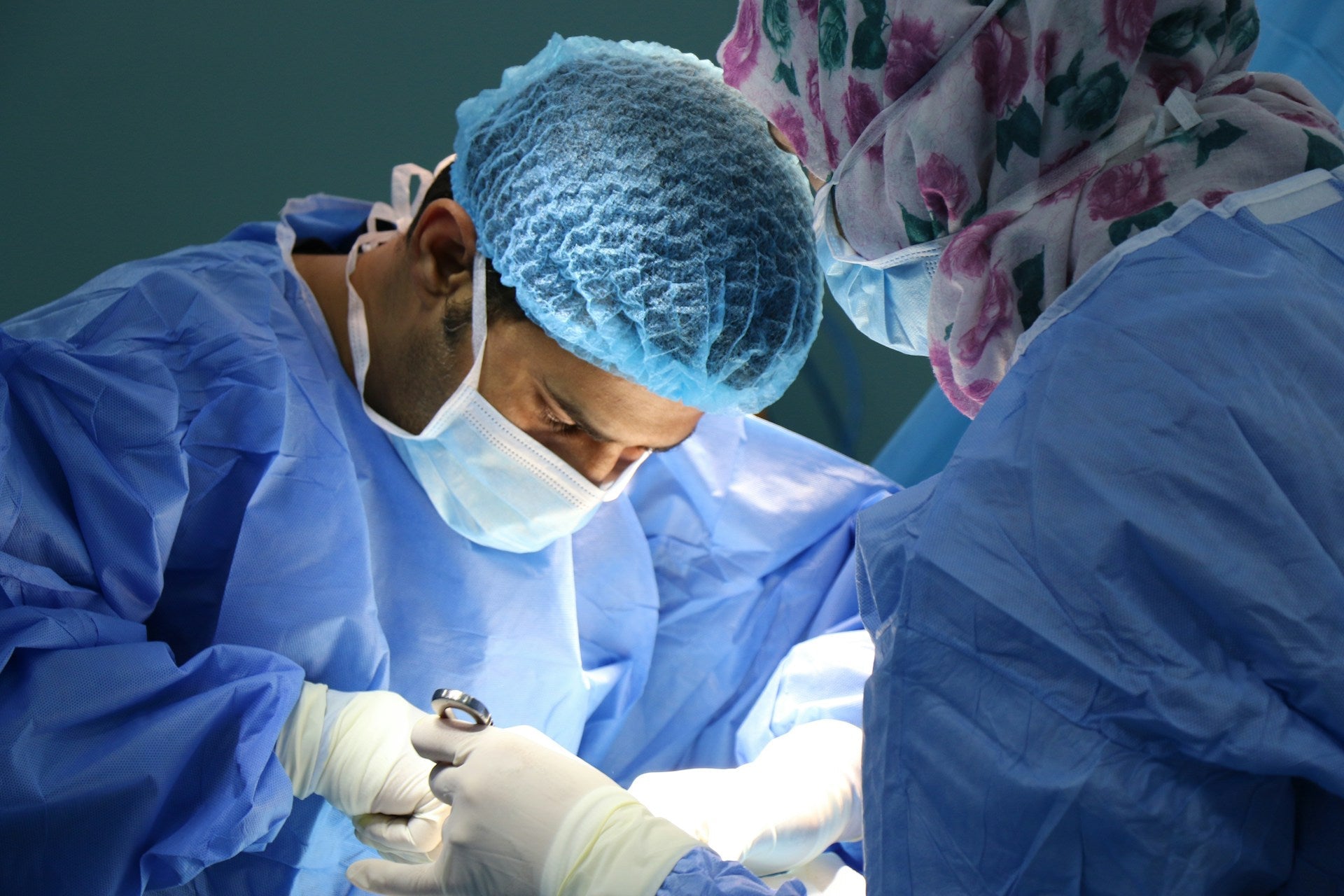

· By Trevor Horne
Understanding Surgical Staples For Faster Closure
Surgical staples are a popular choice for closing wounds quickly and efficiently in busy clinics and hospitals. As fall leads into the year’s busiest stretch, teams often rely on staples to expedite procedures in the operating room. Unlike traditional stitching, surgical staples provide a fast solution for various closure needs.
This season is ideal for reviewing how staples fit into everyday workflows. As surgery rooms experience increased volume heading into winter, saving every moment counts. Reliable closure techniques make a significant difference, whether it's for a standard laparotomy or dental extraction with tissue margins. Staples facilitate faster recovery transitions and simplify post-op care. For additional workflow support, over-the-patient instrument tables can also enhance treatment efficiency during closure and other procedural stages.
Understanding When Surgical Staples Are Used
Surgical staples are not a universal solution. They are typically chosen for procedures requiring clean, straight closures where immediate healing is essential. General surgeons may use them to close abdominal or thoracic incisions. Dental and oral surgery professionals might prefer them for soft tissue that requires steady closure pressure.
Choosing staples often depends on tissue characteristics. Skin and thicker layers with less swelling risk tend to respond well to stapling. Conversely, curved or delicate areas may benefit from fine sutures. Location matters too; flat, straight areas allow easier placement and secure staple lines, while curved sites may not hold as well.
Surgical workflow is another consideration. When reducing anesthesia time or speeding up patient turnover is the goal, staples are more effective than hand stitching. They're quicker to apply and, with proper spacing, can be as secure as sutures for many needs.
Types of Surgical Staplers and How They Work
There are two primary types of staplers: manual and powered. Manual staplers require hand pressure for each staple, making them compact and reliant on user experience for accuracy. Powered staplers automate key movements, reducing strain during longer procedures and providing consistent results, particularly in high-rotation staff settings.
Staplers come in single-use and reusable varieties. Single-use tools minimize cross-contamination risks but disposable are discarded post-procedure. Reusable models require thorough cleaning and maintenance, offering cost-efficiency for high-volume clinics with reliable cleaning protocols.
Each stapler shares essential components: the staple line (release point), anvil (forms staple shape), and trigger (operates mechanism). These parts must remain aligned for effective performance during procedures.
Benefits and Limitations of Using Staples for Wound Closure
Stapling saves time and reduces fatigue in lengthy surgeries. It supports safe speeds without sacrificing quality, ideal for seasonal surges or packed schedules. Patients may experience shorter surgeries, and practitioners can close large areas faster when set up correctly.
However, there are reasons to opt for other closure methods. In patients with thin skin or who bruise easily, staple marks may cause irritation or be visible. Some areas heal better with more flexible options like sutures or strips. Staples might not suit curved surfaces where alignment is challenging.
To avoid errors, check alignment before firing each staple. Misfires can result in uneven pressure or gaps needing repair. Proper maintenance and selecting the appropriate staple size based on skin type, tension, and placement are crucial.
Proper Handling and Maintenance of Stapling Equipment
Staplers, like any OR tool, require care to remain reliable. Proper handling during setup and takedown ensures longevity. Store them in clean, dry areas away from heavy items to prevent damage.
Regular maintenance is vital. Check for bending triggers, rough staple lines, and resistance during operation. These signs can indicate issues that need addressing before causing problems during closure. Trigger action should be smooth, with no sticking, and misalignment should be addressed immediately.
Replacement timelines vary, but staples and reusable units should not exceed their wear limits. Components like loading units, triggers, or anvils can deteriorate with use and benefit from seasonal checks, especially before busy periods.
Lighting is another component of surgical success. Well-placed, high-quality lights such as the PN-500/500 LuminaPro Dual Ceiling Surgical Light support better visual accuracy during closure, helping ensure every staple is properly aligned.
Getting Closure Right the First Time
As surgeries increase around the holidays, having dependable tools helps maintain flow. Surgical staples contribute to fast, safe, and repeatable closures when used correctly.
Effective use of surgical staples relies on steady technique, clean equipment, and informed decision-making. When these elements align, closures hold well, reducing the need for rework. Keeping staple units in optimal condition and matching them to tasks helps care teams prepare for a busy season. It's about making smart choices to ensure smooth surgeries from start to finish.
At ProNorth Medical, we carry a reliable selection of tools to support fast, clean wound closure, including a range of surgical staples suited for different medical settings.
